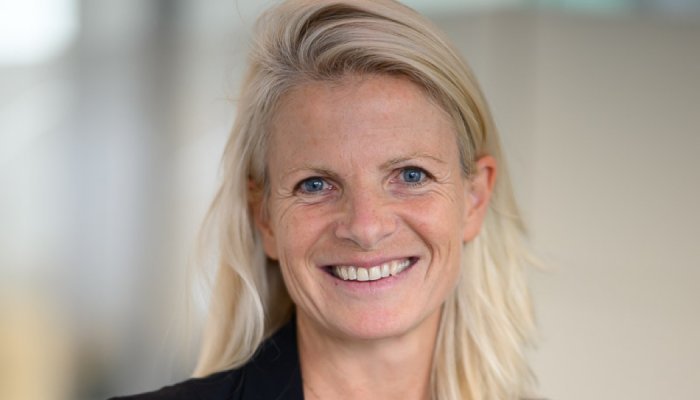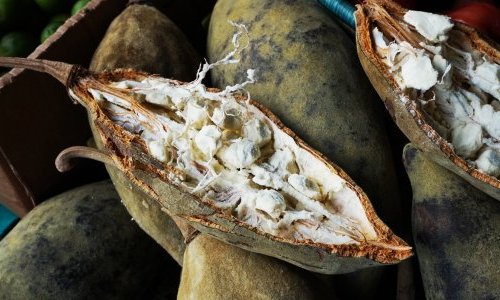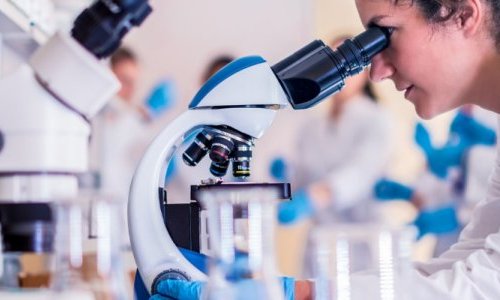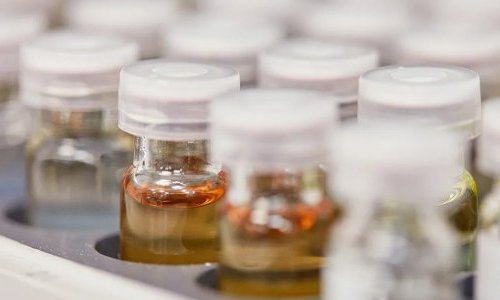As people at large have grown aware of the current environmental issues, cosmetics players – retailers, brands, ingredient suppliers and packaging manufacturers – have also been working to respond to the climate emergency. Driven by consumer demand, research and development projects are now massively focused on designing more resource-efficient, easily recycled, and readily biodegradable solutions, CSR programmes have become more elaborate, and the number of companies committed to a certification process has grown exponentially.
A collaborative turn
It does not mean this will be enough, though! There really is a lot to be done. “Some companies with very interesting projects are struggling to deploy them on a large scale”, explains Armelle Le Peniec, Director of Cosmetic Actives and Ingredients at Laboratoires Expanscience.
During a conference at the clean-beauty-oriented I Feel Good show held on September 19-20, 2023, in Paris, she put forward the need for collaboration towards a cosmetics industry with a positive impact.
To her, the CSR approach remains extremely competitive, as can be seen with the label EcoVadis Sustainability Rating: the level obtained by companies is based on their relative environmental performance. Those that reach the top 1% with the best practices get the Platinum level, while those among the top 5% with the highest performance get the Gold level, and so on. There is no doubt this approach is efficient: making progress and keeping your level requires constant effort!
“But we believe that today, CSR policies should no longer only be a differentiating element. If we want to speed up the industry’s transformation pace, we definitely need more cooperation!” emphasizes Armelle Le Peniec. “We think it will help do even better.”
Concrete projects
A few concrete inter-industry examples show the collaborative turn can be taken. The “Ferments of the Future Grand Challenge” is a programme which gathers most varied stakeholders as part of a public and private partnership, like brands in the food industry, research bodies, ingredient manufacturers, professional unions, and laboratories. Some of them work in different industries, like the Carbios consortium involved in the development of PET enzymatic recycling, which got together giants like Nestlé, Pepsico, Suntory Beverage, and L’Oréal.
As for raw materials, cooperation efforts to structure responsible chains that can respond to sensitive issues are far from rare. The Sustainable Coconut Partnership and the Responsible Mica Initiative can be mentioned, among others. Some projects can also help set up good practices shared by cosmetic ingredient manufacturers, like the Traceability Alliance for Sustainable Cosmetics (TRASCE), designed to pool a platform for traceability, or the ERI label (Eco-Responsible Ingredient).
Brands also cooperate! As part of the Pharma-Recharge consortium, Laboratoires Expanscience (with their brand Mustela), Garancia, La Rosée Cosmétiques, Bioderma (NAOS) and dermocosmetics specialist Pierre Fabre have decided to unite their strengths to reduce the impact of packaging with a refilling solution in pharmacies. The consortium’s brands had long got involved in the ecological transition, and some of them had even already tested their own refill solutions. Developing a sustainable, large-scale solution required going beyond a competitive approach and cooperating to agree on a refill system, a shared bottle...
Projects like Pulp in Action, which is aimed to replace plastics in packaging with cellulose fibres, or the EcoBeautyScore Consortium designed to develop an evaluation and scoring system for the environmental impact of cosmetic products, are also based on the brand collaboration approach. As for the B Corp Beauty Coalition, it gathers 40 B-Corp-certified companies, including Laboratoires Expanscience, looking to implement deep changes to improve the social and environmental footprint of the cosmetics industry.
“These projects involve rather different targets, structures, and governances. Some of them make progress faster than others, but they do show we are more efficient united than on our own”, adds Armelle Le Peniec. “Large-scale initiatives can even be considered on the global scale.”
Leading the whole industry
These collective dynamics are all the more essential since consumer demand is very strong: 86% of consumers expect brands to make commitments beyond their own products and businesses, in particular by supporting local communities, driving positives changes in society, or giving money to good causes. New generations are not content with words, they want evidence! [1]
To Armelle Le Peniec, brands, distributors, and suppliers have everything to gain by developing such cooperation systems and working hand in hand for a cosmetics industry with a positive impact. And there are quite a lot of issues to work on!
“It is all about final packaging, but industrial packaging will also fall into the scope of strengthened recycling regulations. Reuse could also be a solution. In the field of cosmetic actives, order volumes are usually small. Storage and transport could be pooled, and we could think about greener logistics and alternatives to air transport. Most companies have developed their own purchase charters: maybe they could be harmonized to take up best practices. Even in fields like communication or Human Resources, measures could be pooled or practices harmonized, in everyone’s interest, without jeopardizing competition, because we do need it”, she explains.
With their CSR strategy and ImpACT commitment programme, Laboratoires Expanscience decided to become a regenerative company with a positive impact. As a B-Corp-certified company with a mission, Expanscience has adopted an approach based on constant progress for its different businesses, and on setting up collective dynamics within the industry. “In the field of cosmetic actives and ingredients, we have been a small, highly committed supplier for over 20 years, in particular thanks to the company’s and its brands’ impetus. Under our ImpACT programme, which we co-set up in-house with inter-branch teams, every activity has its own roadmap to 2030, which is shared and followed up by the management. We would like to obtain the Organic or Fair For Life certificates for our cosmetic actives: we aim for 50% of our ingredients, and 80% of upcycled or biomimetic ingredients. This programme goes beyond product development: it involves objectives on biodiversity preservation and on the impact of our plants, as well as HR commitments. And of course, we have a key target as regards our stakeholders, which is cooperation. It is definitely a way to lead the whole industry towards a positive impact”, she concludes.





























